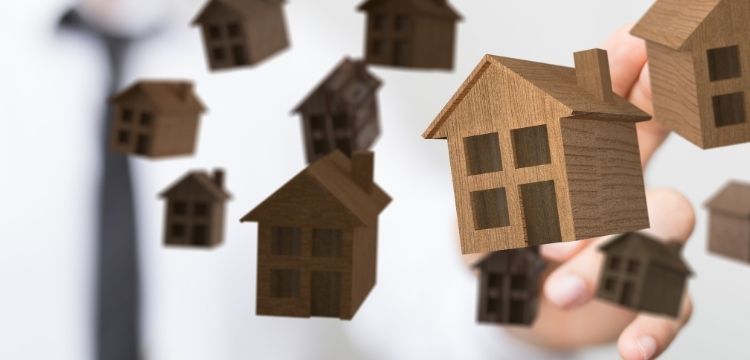Australia is in the grip of a serious housing crisis that won’t be solved by the homeownership incentives being offered during this Federal election campaign.
Regardless of who wins the 2022 election, the only way out of this crisis is to build over 30,000 units of social and affordable housing each year for the next 10 years.
This requires the States to make land available and introduce planning incentives to accelerate development and for the Federal Government to provide sufficient subsidies to facilitate access to necessary additional capital to grow that stock. The savings that would be made in the cost of Government expenditure on services to people in housing stress would easily counterbalance the cost of such subsidies.
With inflation and interest rates on the rise, many people on low to moderate incomes who have a mortgage of $500,00 or more, are at risk of losing their homes which will only add to the current crisis.
The cost of living has increased significantly in recent years, but wages have remained stagnant and the cost of buying a home or renting in the private market continues to rise dramatically.
More people are competing for a dwindling supply of rental properties at the lower end of the market, resulting in an increase in the number of people in our communities at risk of homelessness.
Anglicare’s Rental Affordability Snapshot last week confirmed that our housing crisis is rapidly worsening. With only 1.6% of rental properties affordable for those living on the minimum wage and virtually nothing for those trying to survive on income support payments, including pensions.
Housing affordability is a key election issue for most Australians according to recent polls. So why are our politicians largely ignoring the issue?
Have they put it in the “too hard” basket? Do they plan to keep ignoring the real issue of affordable supply for renters in the hope that it will go away?
Housing is a large and complex issue. There is no denying that, but it is also a basic human right on a par with the right to health and education but for some reason, it has been relegated to the private market to resolve and we can see the result of that. Breakaway housing costs and risk of homelessness for anyone not fortunate enough to have entered the housing market when it was affordable many years ago.
Our Prime Minister recently said the best way for people to have access to housing was to buy a home. Over 30% of Australians will never realise the great Australian dream of owning their own home.
They dream instead of finding an affordable home in an overpriced, shrinking private rental market and the days are long gone when Federal and State governments worked together to build a steady supply of social housing for those in the highest housing need.
Homeownership in Australia has been in decline since the 1970s. The 2016 Australian Bureau of Statistics (ABS) Census reported the proportion of homes that were owner-occupied at 67.1% – the lowest figure recorded since 1954.
When the housing policy changed dramatically in 1996, the Commonwealth relinquished responsibility for housing to state governments. From 1945 until 1996, with Commonwealth funding assistance, state and territory governments around the nation built between 8,000 to 14,000 homes each year.
Ever since we have been hurtling towards the housing crisis we are experiencing today. When Australians on lower incomes had access to social housing from 1945 to 1996, they could afford to rent and save a deposit to buy a home.
Young people and low to moderate wage earners today don’t stand a chance of saving a deposit, having an affordable mortgage and realising the dream of homeownership. Social housing has become the housing of last resort when affordable rental housing could be providing essential long term housing for key workers and other low-income earners who can no longer afford private rental.
The implementation of a national housing strategy that delivers an adequate supply of affordable homes is the most effective way to assist more Australians in eventually owning their own home. It is also the best way to end housing poverty for those who will never be able to own a home.
Whoever wins the election on 21 May will have to answer to the estimated 1 million low-income Australians who are experiencing housing stress and living in precarious housing.
Our next Federal government will also have to respond to the impact of rising inflation and interest rates and the risk this poses to the Australians who will struggle to meet increasing mortgage repayments.
Let’s hope that a semblance of reality comes into play post-election, with a focus on addressing the key issue of affordable housing supply for those most in need.
Steve Bevington has been involved in the development and management of affordable housing for over 40 years including development of cooperative housing in London, Chairmanship of London Borough of Camden Council Housing Authority, Housing Cooperative Programs in Victoria in the 1980’s to his present role as the Managing Director of Community Housing Ltd (CHL) Group of Companies.


































































































































































